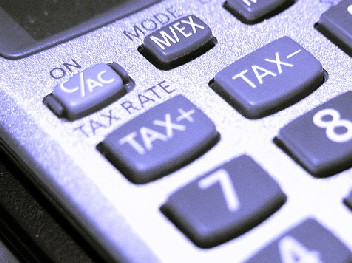
Blogging is quickly becoming the new favorite for small business marketers. Mainly because of the amazing results they received when they blog regularly. And publicity isn’t the only benefit to blogging. There are many ways that blogging can add merit to your business. In fact,
The Wall Street Journal recently featured The CWAHM blog in an article on how blogging can help small businesses create a buzz for their products and services. The results from this were amazing and prove that blogging truly works: http://online.wsj.com/article/SB120526706660828097.html?mod=ITPWSJ_20.
Here are the top ten ways to use blogs to increase your business revenue.
1. Ad revenue – Offering paid advertising on your blog is one of the easiest ways to see tangible evidence of the benefits of blogging.
2. Link swaps – Swapping links with other like-minded bloggers increases your standing with search engines. One of the biggest blogs available, problogger.net, recently completed a survey in an attempt to find where bloggers get the most traffic? The overwhelming response? Google at 46%. This shows us how important search engine ranking are. Link swaps are just one way to improve yours.
3. Reviews – Another growing trend online is that of the customer review. People appreciate reading the thoughts of others before they purchase a product. It doesn’t seem to matter how big or small the product, either. Posting reviews of books you’ve read, CDs you love, etc, is a great way to generate traffic for your blog.
4. Free offers – Who doesn’t love a freebie? There are many ways of using freebies to your advantage.You can offer a free ebook when someone signs up for your newsletter is an easy way to build your subscriber base. Many blogs also offer contests for those who post comments or interact in other ways on the blog.
5. Blog tours – Being a part in a blog tour is like being the next stop along the railroad. If set up correctly, the tour will send participants from one blog to the next to read more about whatever topic the tour is covering. I’ve participated in many blog tours for book releases. It’s a lot of fun and a great way to bring new readers to your blog.
6. Networking – It goes without saying that building relationships with people is one of the oldest ways of gaining long-time, loyal customers (or in this case, readers). Taking part in the comments discussion on blogs and forums is a great way to do this. The key, though, is to be authentic. Don’t simply blast places with the link to your blog; take part in the discussion and provide useful information – not just your URL.
7. Directories – Listing your blog in blog directories is probably not the best way to generate traffic, but it can be useful in certain ways. It’s a great way to connect with other like-minded bloggers and possibly generate some link exchanges, etc.
8. Press/Media – Getting media attention can be challenging. One great way to bring your blog to the attention of the media is to send out Press Releases when something newsworthy happens on your site. For instance, when I offered a free e-book on my site for Mother’s Day I put together a press release to announce it to the world.
9. Consistency – Posting on a regular basis is key. Try to find a schedule that works for you and stick to it. Even if you can’t blog every day, work to get posts out there two to three times a week. Most blogging software, including WordPress and Blogger, allow you to set the date and time our post will be published. Utilize tools like this to keep your blog consistently updated with fresh, new content.
10. Updates – Finding ways to keep your readers informed is a sure-fire way to keep them coming back to your blog. There are a quite a few ways of accomplishing this, such as offering a newsletter, setting up a Feedburner.com account, and making your RSS feeds easy to find and subscribe to.


